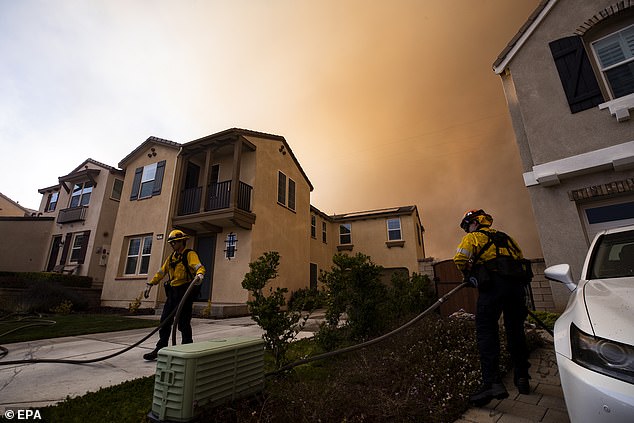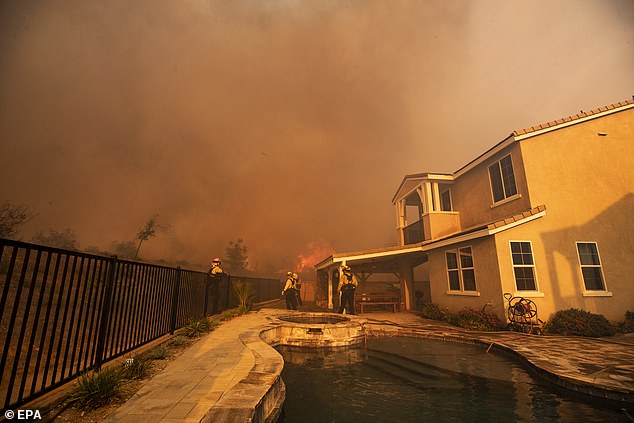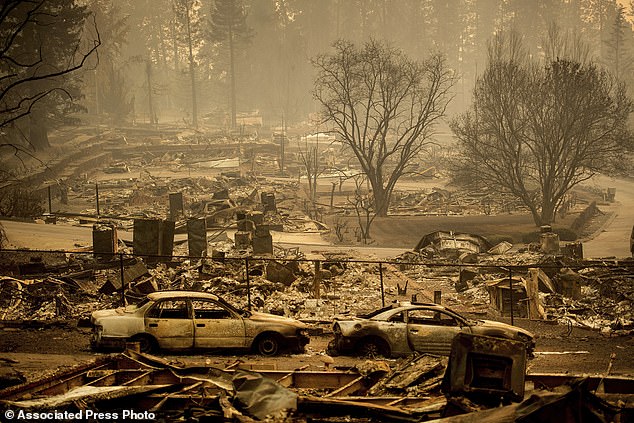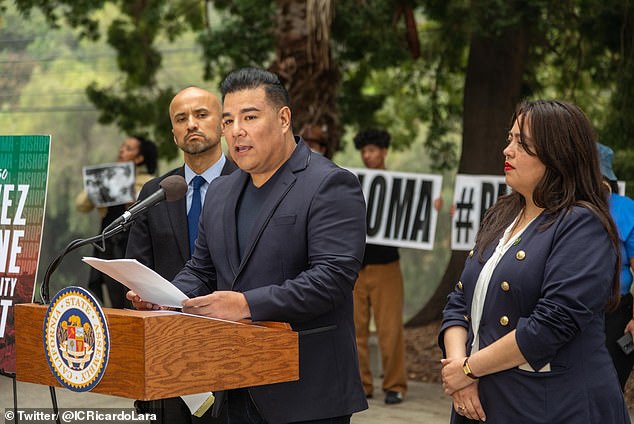Major insurer gives brutal ultimatum to entire state: Let us put up prices by 50 percent or we will leave
A leading insurance company has issued an ultimatum to the entire state of California.
The company, State Farm General, asked the state Department of Insurance on Thursday to raise home insurance premiums for millions of residents. If they don’t, they’ll leave.
The move signals financial troubles for the insurance giant, which is currently underwriting insurance for homes destroyed by wildfires.
State Farm announced it would implement a 30 percent rate increase for homeowners, a 36 percent increase for condo owners and a 52 percent increase for renters, a move that would only exacerbate the state’s already-existing housing crisis.
“This could impact millions of California consumers and the integrity of our home insurance market,” Insurance Commissioner Ricardo Lara said in a statement, while applications are submitted through the proper channels.
State Farm General has issued an ultimatum to the entire state of California, stating that it is seeking a 30 percent rate increase for homeowners, a 36 percent increase for apartment owners and a 52 percent increase for renters. If those demands are not met, the company could leave the state

The move signals financial troubles for the insurance giant, which is currently covering homes destroyed by wildfires. Pictured is a row of homes in Long Beach, California
He added that he would now like to get to the bottom of the company’s financial situation and will conduct a comprehensive investigation before making a decision on the applications.
“State Farm General’s latest rate filings raise serious questions about the company’s financial condition,” he said of the largest insurance company in the U.S.
He added that a hearing on the rates may even be necessary so his committee has a chance to hear from the public on the proposed rate changes.
Only then, he said, would authorities decide whether to approve the requests, a process that could take months.
Currently, the department has an average processing time of 180 days per rate review, but in some cases it takes even longer, a department spokesperson confirmed to the LA Times.
This is largely due to the sheer number of fires California residents have experienced in recent years, with the current wildfire season already underway.
The California Department of Insurance had already approved two applications from State Farm, which dramatically increased the rate of home insurance for residents. It went up 6.9 percent at the beginning of last year and went up 20 percent in March of this year.
Just months later, the company is once again going cap in hand to the state, after being estimated in 2021 to have a net worth of approximately $143.2 billion.

The California Department of Insurance had already approved two State Farm applications, dramatically increasing residents’ home insurance rates, including a 6.9 percent increase early last year and a 20 percent increase that began in March of this year.

Just months later, the company is once again going cap-in-hand to the state, blaming the wildfires for its inability to pay the bill that comes with insuring the entire state.

The move signals financial troubles for the insurance giant, which currently covers homes destroyed by wildfires. Homes destroyed by the Camp Fire border a development on Edgewood Lane in Paradise, California, seen here in 2018
At the time, the company generated annual revenues of approximately $87.6 billion, and last February the company said in a statement that net profit for the previous year was an impressive $1.2 billion.
That was an increase of more than 100 percent from the previous year, when the Illinois insurance company posted revenue of $588 million.
However, such a step is usually a sign that an insurer is in trouble. At the time of writing, that was not yet the case.
However, State Farm indicated in one of its documents that the purpose of its request was to restore its financial condition. It made the telling statement: “If the variance is denied, a further deterioration in the surplus is expected.
The insurer added that it is “working on its long-term sustainability in California,” pointing to a potential problem area among the areas it insures.
State Farm announced in March that it had decided to cut 72,000 customers in the Golden State due to a crisis it said was raging throughout the California insurance market. This came the week after the company raised home insurance premiums for California customers by 20 percent.
Lara introduced new policies at the time to address the “catastrophic modeling” that the industry felt was urgently needed due to the state’s excessive risk of wildfires and climate change.

“This could impact millions of California consumers and the integrity of our home insurance market,” Insurance Commissioner Ricardo Lara said in a statement, while applications are submitted through the proper channels.
This move allowed insurers like State Farm to shape their pricing in a more forward-looking way, rather than basing it solely on past trends. While the industry initially welcomed this, companies were hesitant to commit to a return to statehood.
However, State Farm is the first state to oppose the concept of automatic coverage in the state, which was the scene of 7,127 fires in 2023.
That’s down slightly from the year before, when 7,667 fires burned in California. Officials said it was a relatively “quiet” year in terms of acreage.
In 2021, a total of 8,835 fires were registered, one of the highest numbers ever recorded.
The state then faced “unprecedented fire conditions,” authorities said, with multiple fires burning, including the Dixie Fire, the McFarland Fire, the Caldor Fire and many more.
Some respite was offered in October, especially to the particularly vulnerable northern regions, when the state received its first rain in more than 200 days
That finally reduced the risk of wildfires for much of the state, where wildfires occur much more frequently than the rest of the country.

He promised to conduct an extensive study before making a decision on the applications, as California’s wildfire season is already underway.
“Rate changes are driven by increased costs and risks and are necessary for State Farm General to deliver on the promises the company makes to its customers every day,” the company said in a statement last week in response to his requests.
“We continue to look for ways to maintain competitive rates,” the company added, days after this year’s bushfire season officially started.
The company previously attributed the earlier rate hikes to a combination of wildfires and inflation. It said reconstruction costs had risen, as had the prices it paid for reinsurance to shore up its balance sheet.
Such plans are purchased to protect the company from the astronomical costs of climate disasters and outdated government regulations.
State Farm called out these risk-makers when it announced earlier this year that more than 70,000 policies were not being renewed, joining Farmers, Allstate and others that were not writing new policies or imposing restrictions in the notoriously volatile state.
Consumer groups dispute the claims, paving the way for a thorough investigation to be launched by the state Insurance Department in the coming months.
